Mentors at the School of Visual Arts
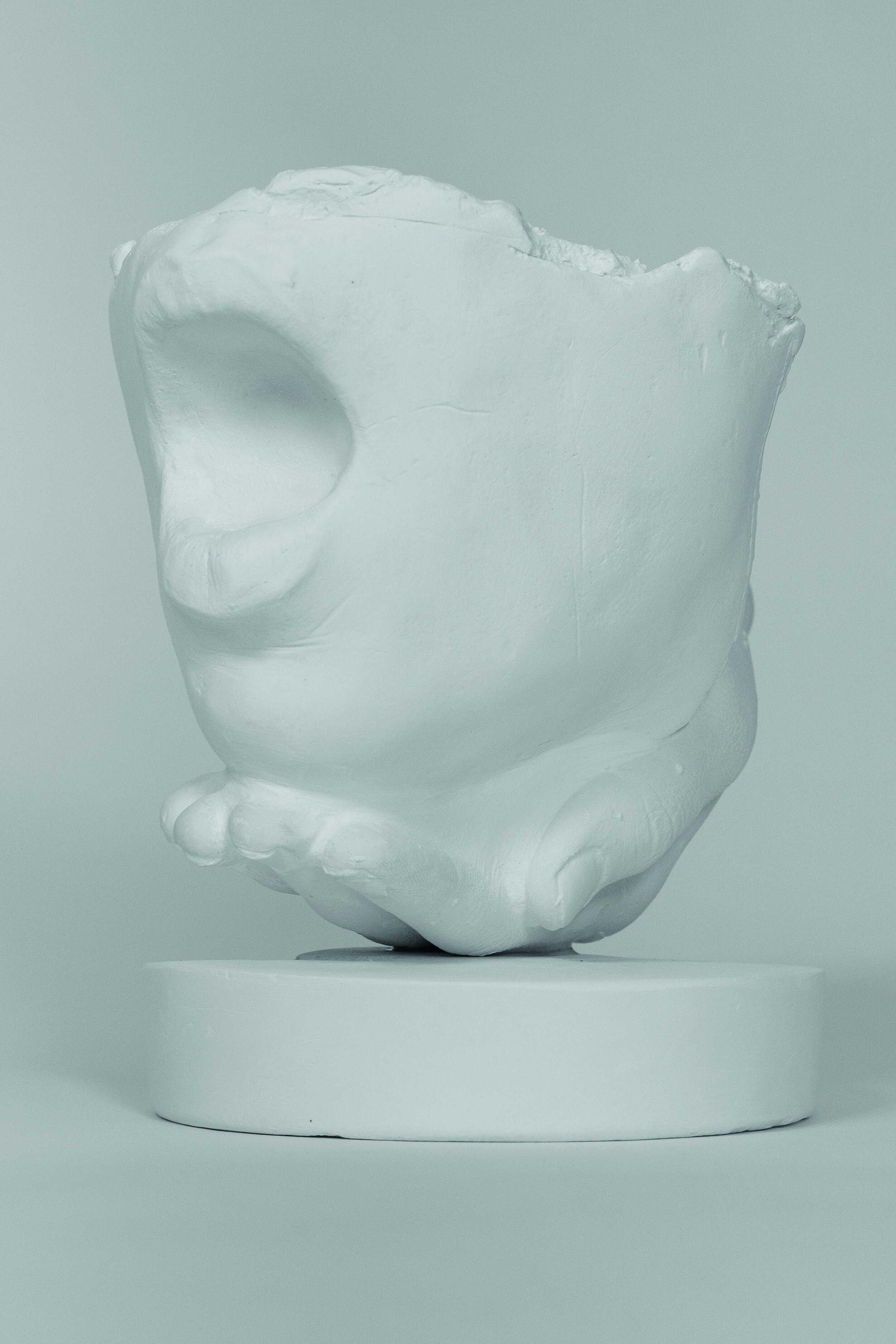

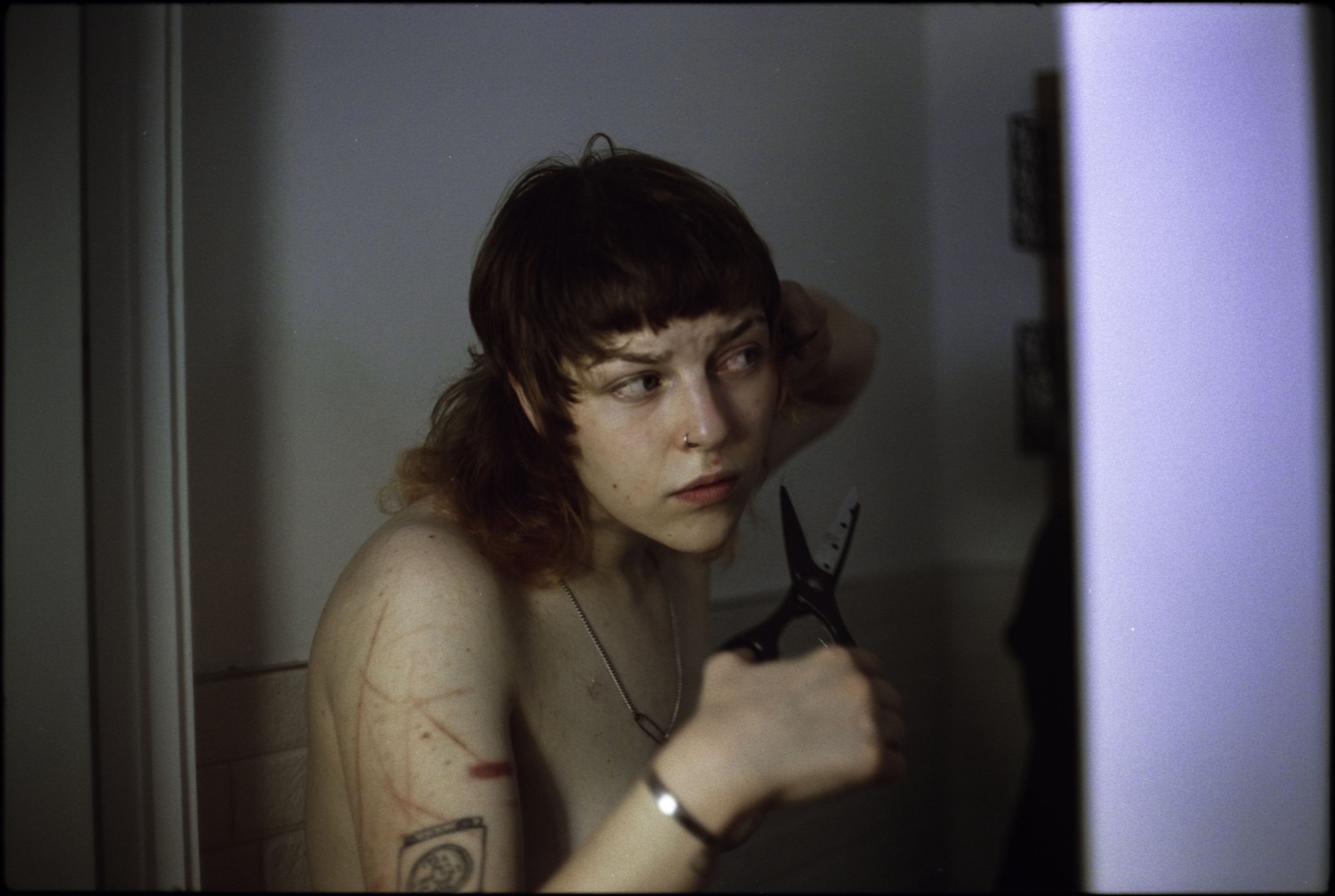
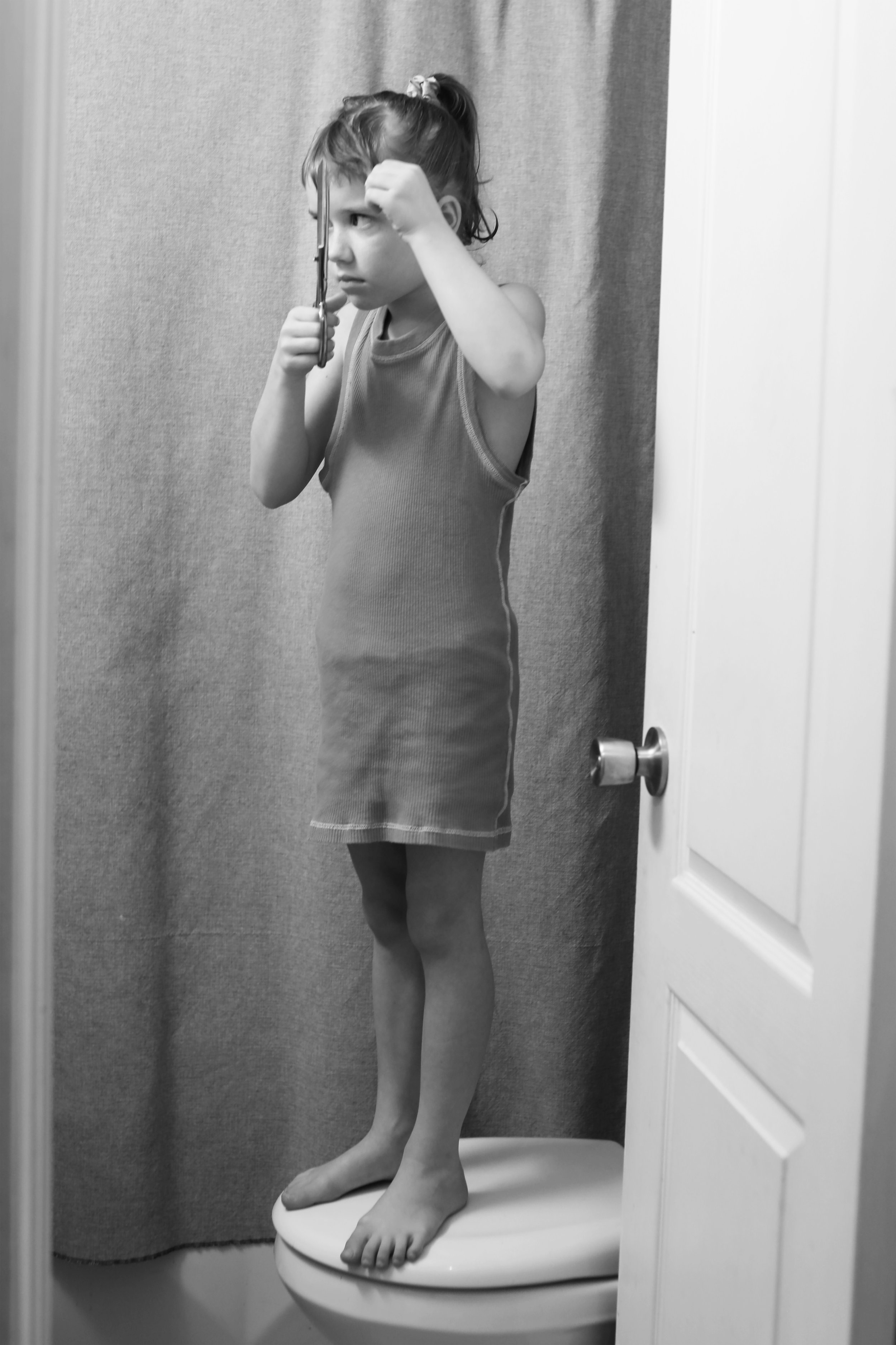

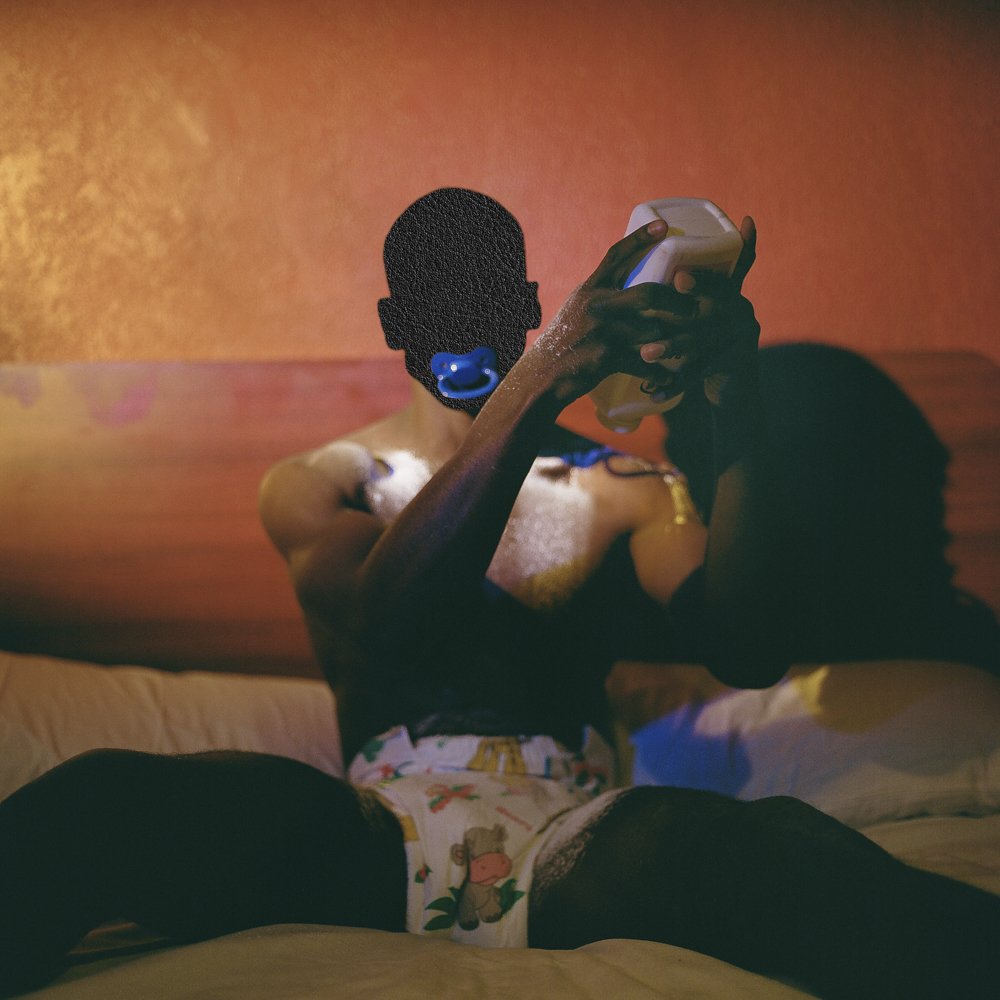
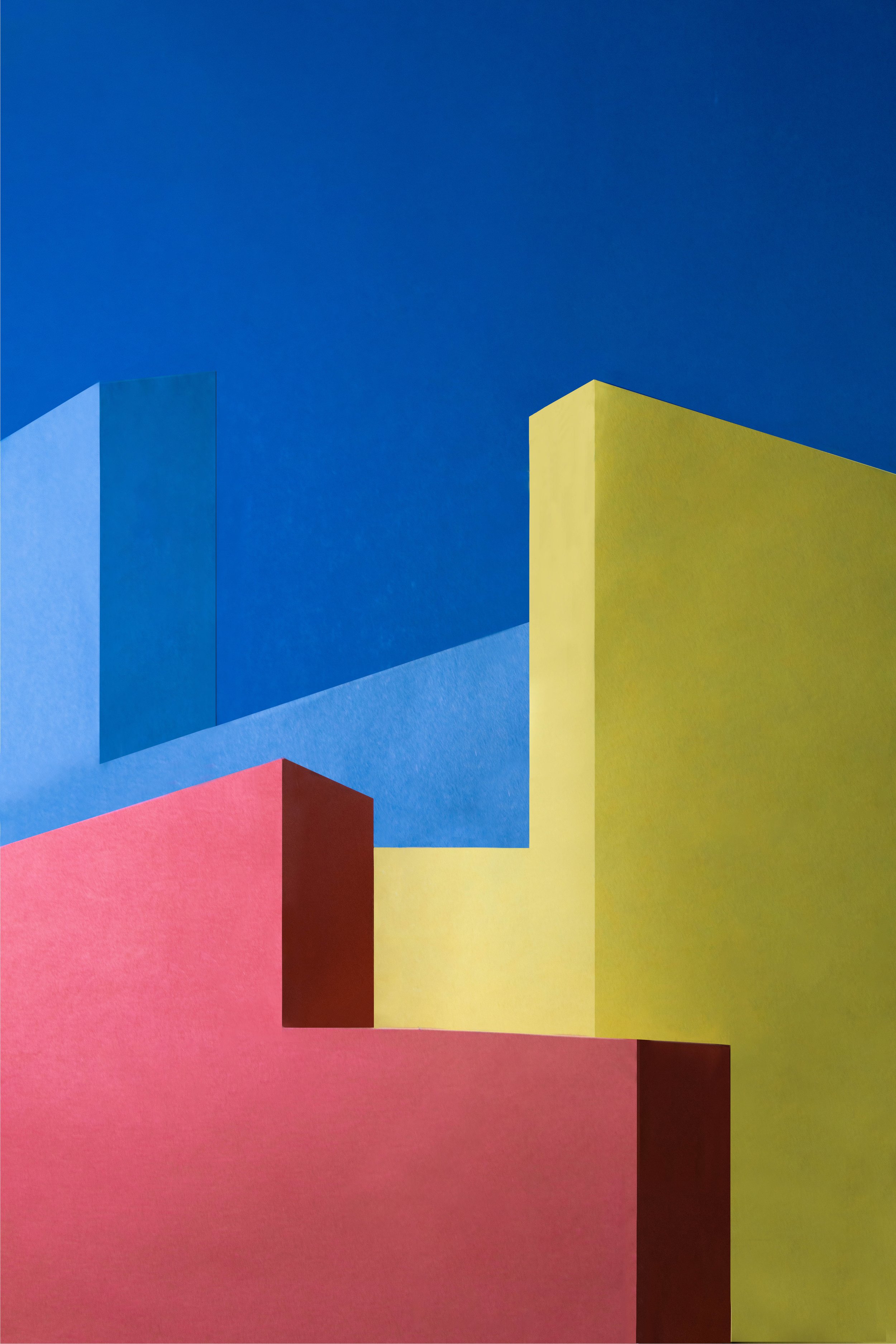
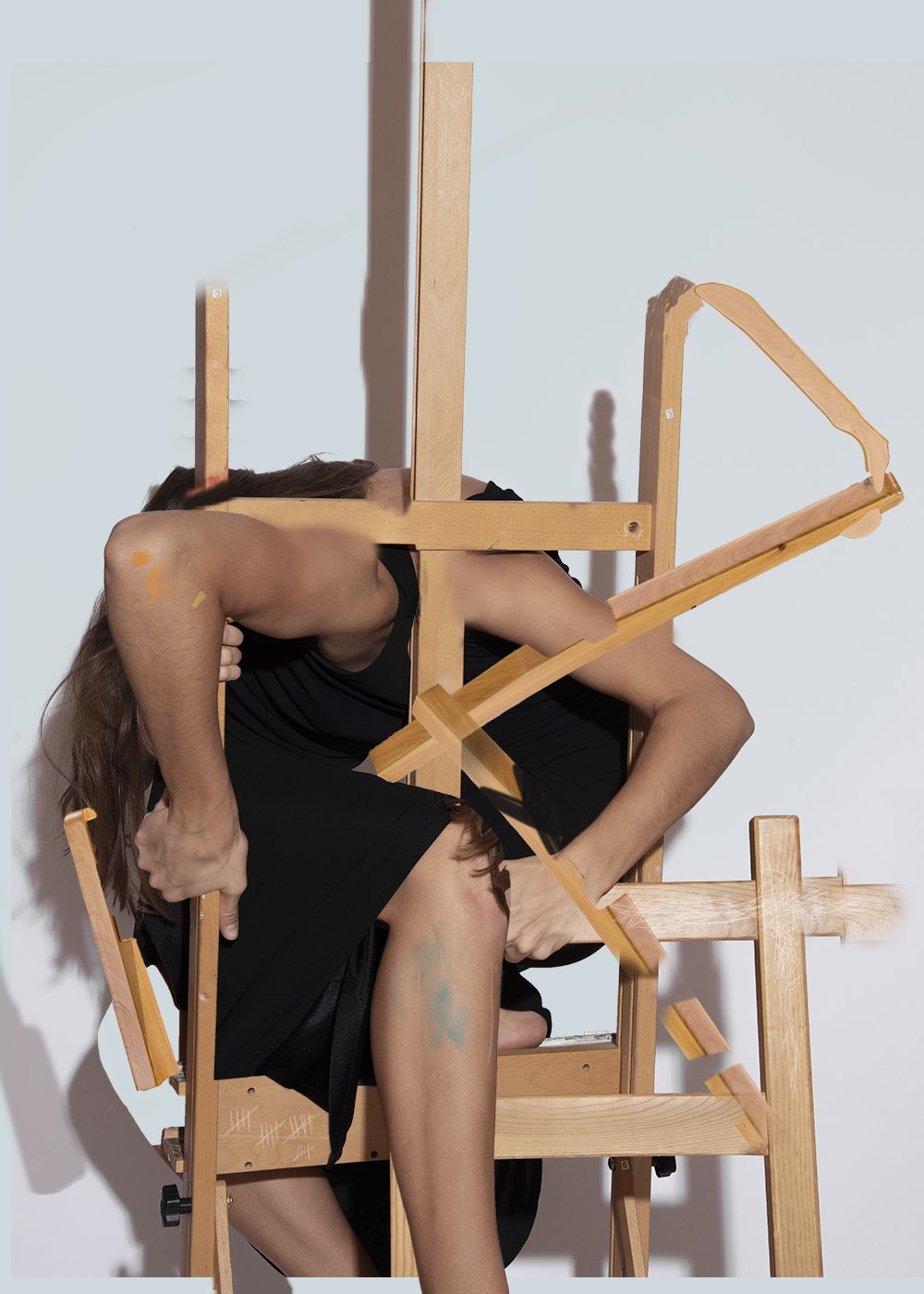
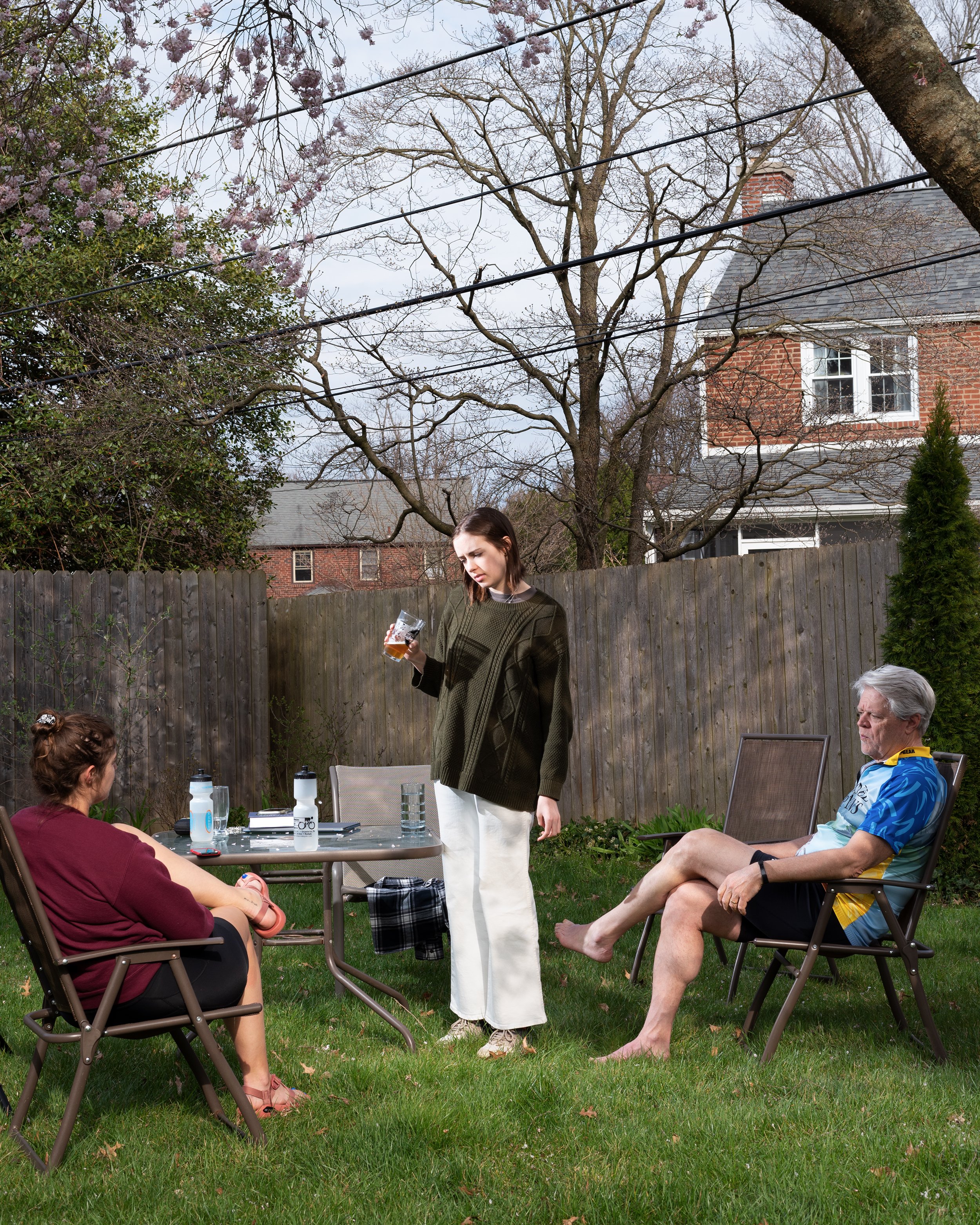
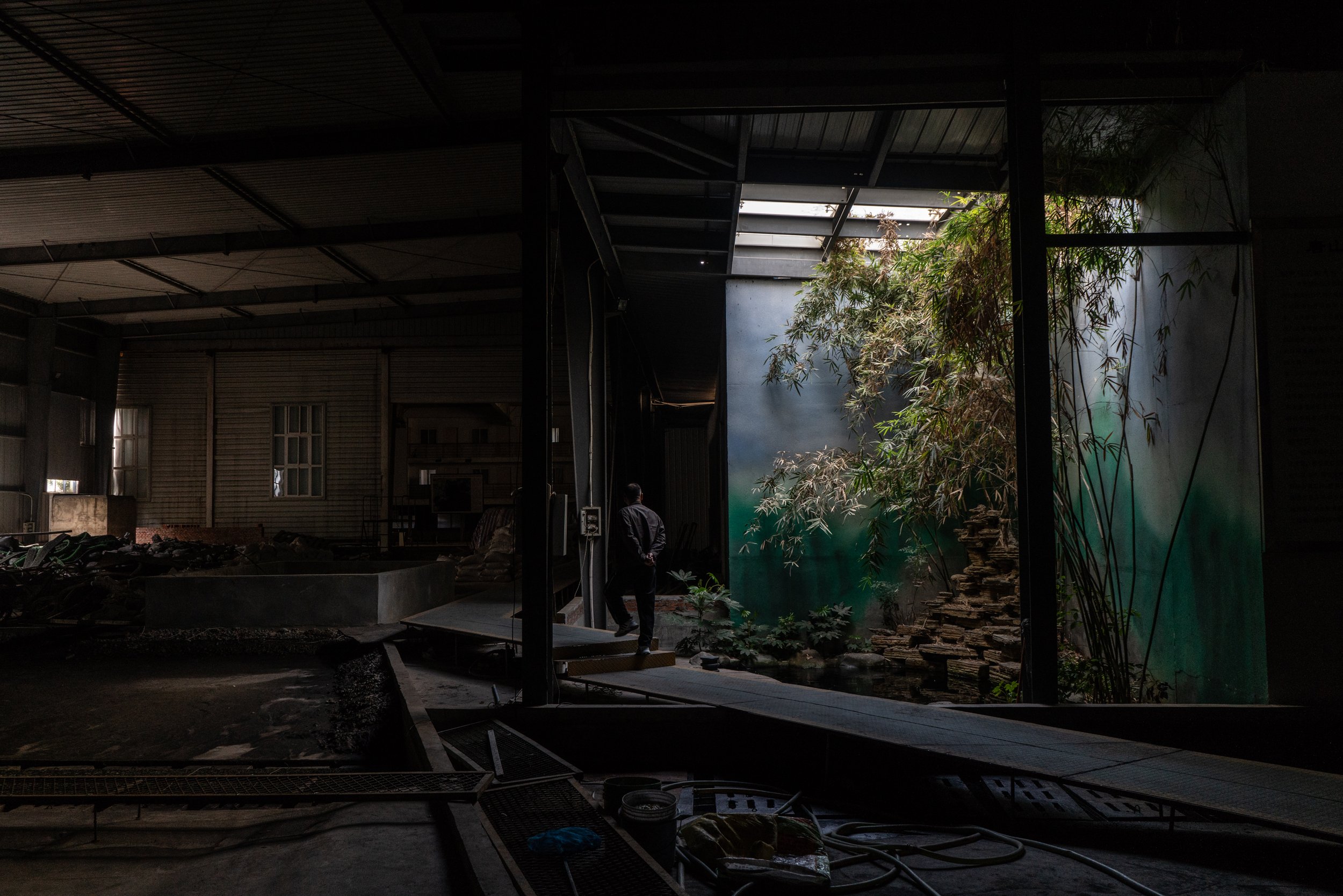

This month, the BFA Photography and Video department at the School of Visual Arts (SVA) presents “Mentors,” an annual exhibition of work by students inspired by their working relationships with world-renowned artists, curators, editors, and directors from our global arts community. Established in 1992, the Mentors program was designed to cultivate relationships between established and emerging artists and to introduce new talent to the broader community by pairing select fourth-year students with key figures in the arts community, giving them professional insight into their work during a culminating point in their education.
ⒸAshley McLean, Femi In The Glade, 2021, Pigmented inkjet print, “Mentors”
Among many others, this year’s show includes work by student Ashley McLean with mentorship from Afro-Caribbean/American multimedia artist and photographer Zalika Azim. The pair recently came together to share their experience working together in the Mentors program.
1. Why do you think you were paired together for the Mentors program?
A: I remember having a meeting in early 2020 with the chair of my department, Joseph Maida, and him mentioning Zalika to me. Then the following year, her name came up again as someone with whom my work could be in conversation. Both our works have this strong connection to the landscape and the bodies we consider in these vast spaces.
Z: In 2019, I had the great pleasure of presenting work alongside [Maida] through a panel coinciding with the exhibition “Among Others: Photography and the Group” at The Morgan Library & Museum. At the time, I was roughly five years out from completing my BFA at The Tisch School of the Arts, NYU and was really just beginning to return in full to my creative practice after taking a step back while supporting curatorial and permanent collection endeavors at several institutions across New York City. This presentation not only allowed Joseph and I to discuss our understanding of photography as it pertains to collective narratives (past, present and future), but also created a space for the exchange of our considerations on the role that art can serve in society. I believe that Ashley’s work and my own join a long line of photographers from the African diaspora who have considered landscape, while encouraging us to shift the framework that is commonly used to understand space and place as it relates to the black experience.
2. What qualities do you think make a mentor great?
A: Of course, the willingness to pass down experiences and advice but more so, having a reciprocal relationship with that person. Not only am I learning from them, but they’re very much open to learning from my perspective and experiences.
Z: I believe first and foremost that mentors are tasked with the responsibility of being present in their engagements with mentees. Arriving with openness and transparency aids in the cultivation of a space where honest and constructive criticism supports trust and creative exploration. A great mentor takes on the duty of posing challenging questions, while offering a wide range of concepts and foresights to consider. My desire to support and contribute to the creative practices of the next generation of image makers comes out of the many years I was fortunate to receive mentorship from Deborah Willis and Lorie Novak in the Photography and Imaging Department at the Tisch School of the Arts, NYU. Both of these phenomenal women and artists have supported my creative and professional practice for nearly 12 years. I look forward to following in their footsteps as an educator.
ⒸAshley McLean, Theo in The Garden, 2021, Pigmented inkjet print, “Mentors”
3. How was working together and what were some creative ways you found to collaborate?
A: Working with Zalika was incredible. For me, I’ve been heavy in the space of creating the work. Zalika came in and forced me to pause and sit with the edits. She encouraged me to write more about my work which helped me put into perspective the stories I want to tell and how to move forward.
Z: Working with Ashley and getting familiar with her practice has been such an honor. I am currently living between New York City and Los Angeles while completing my MFA at UCLA and we have been able to engage each other in both cities. In New York, Ashley and I were able to sit with her work in physical space, a luxury that I believe we both benefited from amidst the pandemic. In this space, we teased out narratives, discussed timelines for creative production and exchanged resources, which all built momentum as she prepared for “Mentors.” In Los Angeles, Ashley attended UCLA’s MFA Open Studios, which allowed her the chance to see the work of emerging artists working at the graduate level. This trip also allowed Ashley to visit my studio, where we discussed how my practice has evolved and grown to incorporate works across photography, print, sculpture and movement.
4. In what ways do you think the Mentors program prepares artists for potential careers in the arts after college?
A: For sure, the editing process and logistical planning on how you want the work to be presented in a physical space. While it’s great to share work virtually and, of course, art is more accessible this way, coming back to in-person engagements and seeing the physicality of my photographs was such a learning curve for me. Also, it taught me how to develop relationships within the broader community.
Z: The Mentors program is a wonderful template for presenting students firsthand with a diverse group of individuals working across the arts. While I have known many peers that have moved away from their practices after graduation, I believe this program might offer new ways for students to explore their options and the various roles that aid in the support of the arts. Having held curatorial, arts education, museum collections and artist assistant positions following the completion of my undergraduate degree, I encouraged Ashley to consider the flow of practice, noting that new muscles would need to be developed for creative production outside of school. We made time to discuss topics like production resources, finances and taxes, exhibition programming and aftercare, archiving, sales and defining productivity. In many ways these conversations have been super important for me as well. They’ve allowed me to articulate some of the creative and business responsibilities connected to maintaining a studio practice. As I’ve been thinking much about how I might best support, engage and educate undergraduate and graduate students attending fine art programs in the coming years, the format of the mentors program has given way to several courses that I wish to see incorporated into fine art training.
ⒸAshley McLean, Thomias in Müggelsee, 2021, Pigmented inkjet print, “Mentors”
5. How did your collaboration ultimately impact the final works in the show?
A: Laying out small prints of the photographs in the studio and critically analyzing them with Zalika pushed me to bring fresh eyes to my work. I came to realize specific pairings of images that I might not have considered before. From this, I was able to strongly push forth the presence of the seascape and landscape with “Thomias in Müggelsee” and “Femi in The Glade.”
Z: Over the past four months, Ashley and I met on several occasions to discuss her work and overall practice. Alongside several intensive photo sequencing sessions, I encouraged Ashley to write and “live with [her] work as often as possible”–words of wisdom once spoken to me by photographer and artist Marilyn Nance. Through our conversations about the many avenues that long term projects can take, I encouraged Ashley to consider this exhibition as a component of her larger goal. The final works in the exhibition function as a build-up to future collective and solo presentations. It has been a great honor to mentor and assist Ashley at such a pivotal moment in their creative trajectory.
ⒸJiaming Deng, Horizon #3, 2020, Digital C-print, 13 x 10 inches Mentor: Sze Tsung Nicolás Leong, Photographer
Curated by department chair Joseph Maida, “Mentors” will be on view from Monday, March 7, through Monday, March 21, at the SVA Chelsea Gallery, 601 W 26th St, 15th floor, New York City. The SVA Chelsea Gallery is open Monday through Friday, from 9:00am to 5:00pm, and closed on Saturdays and Sundays. Public access to SVA Chelsea Gallery is permitted during gallery hours if visitors show proof of vaccination, including booster if eligible (FDA/WHO-authorized) and photo ID, wear a mask and provide their contact tracing details. It is fully accessible by wheelchair.








